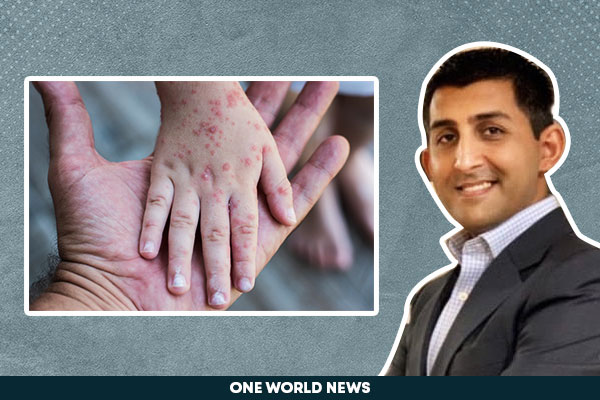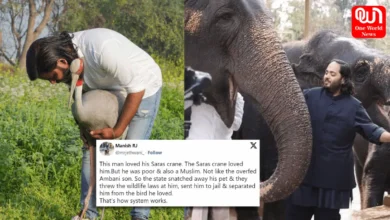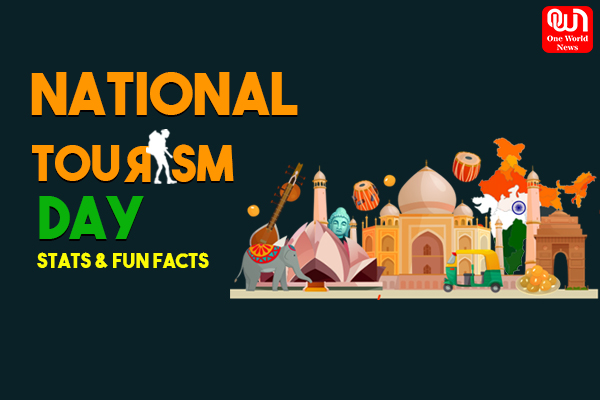
Tomato Flu Outbreak: Dr. Marcus revealed When to Visit a doctor, here is all you need to know between MonkeyPox & Tomato Flu
Highlights:
- Symptoms
- Origin
- Treatment
- Prevention
- How is it different from Monkeypox?
- Tomato Fever & Covid-19: Differences
While the country continues to battle monkeypox and Covid-19, a new virus known as Tomato Fever or Tomato Flu has emerged in India. This rare viral infection is endemic and is not life-threatening.
According to reports, 82 children below five years of age have been infected. Additionally, 26 children, aged between 1-9 years) have been reported as having the disease in Odisha by the Regional Medical Research centre in Bhubaneshwar. Apart from Tamil Nadu, Odisha, and Kerala, no other regions in India have been affected by the virus.
We also reached out to Dr Marcus Ranney, Co-founder MedsForMore , who shared his valuable information about the tomato flu outbreak. He quoted, “Tomato Flu/Tomato Fever is a type of Hand-Foot-Mouth disease (HFMD). It is caused by a group of enteroviruses, Coxsackie A 17. It is called ‘tomato’ as the child usually develops blisters on their body which can grow big and are red. It usually affects children under the age of 5. Adults have a better immune system because of which they are mostly safe from this disease.”
Symptoms
The tomato flu virus shows symptoms similar to those of covid-19 but is unrelated to SARS-CoV-2. Symptoms include
1. Tiredness
2. Joint pain and/or swelling
3. Abdominal cramps, nausea, vomiting, or diarrhoea
4. Coughing, sneezing, wheezing, or runny nose
5. High fever
6. Body aches
7. Painful sores in the mouth
8. Rash with blisters on hands, feet, and buttocks
9. Fatigue
10. Dehydration
And common influenza-like symptoms, similar to those manifested in dengue.
Understand its origin
In May 2022, the tomato flu was first reported in Kerala’s Kollam district. Symptoms of the disease include red, painful blisters that gradually enlarge to the size of tomatoes throughout the body. Young individuals experience blisters similar to those associated with monkeypox.
Treatment
Due to its similarity to chikungunya and dengue as well as hand, foot, and mouth disease, treatment is similar to isolation, rest, plenty of fluids, and a hot water sponge to relieve irritation and rashes. In addition to paracetamol for fever and body ache, other symptomatic treatments are also necessary.
Prevention
Isolation should be followed for five to seven days from symptoms onset to prevent the spread of infection to other children or adults. Maintaining proper hygiene is the best solution for prevention.
Tomato Fever & Covid-19: Differences
Rather than being a virus infection, tomato flu may be caused by dengue fever or chikungunya in children.
Tomato flu is a disease that tends to resolve on its own, without treatment, unlike Covid-19, which is life-threatening for many.
How is it different from Monkeypox?
Monkeypox is different from tomato flu in a few ways.
1. Monkeypox can spread to both adults and children. Children and people with a weakened immune system are more prone to severe symptoms of monkeypox.
2. The first symptoms of monkeypox usually start 5-21 days after exposure. Tomato flu on the other hand takes about 3-6 days for the first symptoms to appear.
Read More- India recorded 2 cases of Monkeypox: Is it like Covid 19?
3. Monkeypox rashes start as discoloured patches of skin and then form raised bumps, blisters, and large, pus-filled pimples that eventually scab over and fall off. They aren’t red like Tomato flu. People may also develop swollen lymph nodes.
Monkeypox can take more than a month to resolve for children but tomato flu is usually over by a week or 10 days.
When to see a doctor?
If your child shows flu-like symptoms with bumps or rashes on the skin it is better to consult with a doctor. The virus isn’t life-threatening and can be easily treated. The rashes and bumps tend to go away on their own.
Even though adults are not affected, they can be carriers—that is why along with the child one parent/guardian should isolate till the symptoms subside and there is no risk of spreading it to other children in the family or other children outside.








